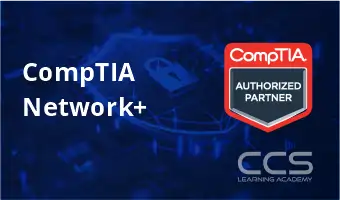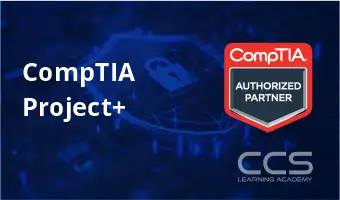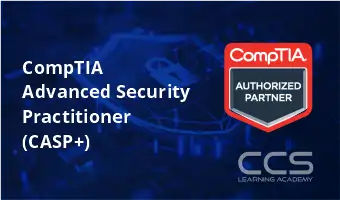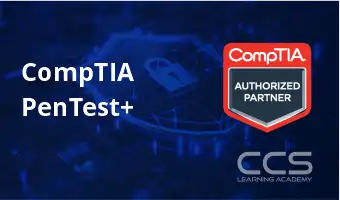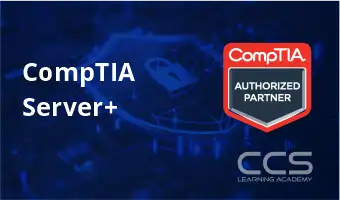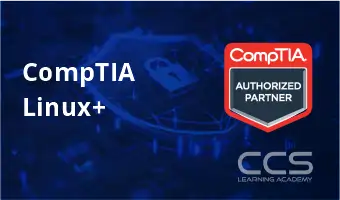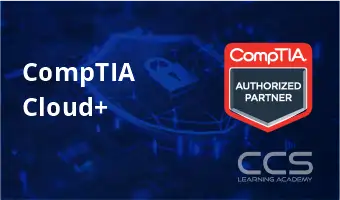Filter by Topic
Filter by Vendor
CompTIA Network+
Course Description This instructor-led, online CompTIA Network+ (N10-008) certification course …
What you'll learn
Explain the OSI and TCP/IP Models.
Explain the properties of network traffic.
Install and configure switched networks.
Configure IP networks.
Install and configure routed networks.
Configure and monitor ports and protocols.
Explain network application and storage issues.
Monitor and troubleshoot networks.
Explain network attacks and mitigations.
Install and configure security devices.
Explain authentication and access controls.
Deploy and troubleshoot cabling solutions.
Implement and troubleshoot wireless technologies.
Compare and contrast WAN technologies.
Use remote access methods.
Identify site policies and best practices.
Certified Associate in Project Management (CAPM)
Course Description In this CAPM exam prep training course, you …
What you'll learn
Prepare to pass the CAPM exam while completing the required 23 contact hours/PDUs
Decipher PMBOK® Guide processes and knowledge areas
Identify significant steps of the project life cycle
Examine the PMBOK® Guide tools and techniques for exam success
Evaluate your exam preparedness and create a study plan
CompTIA Project+
Course Description If you are taking this course, you probably …
What you'll learn
Identify the fundamentals of project management.
Initiate a project.
Create project plans, stakeholder strategies, and scope statements.
Develop a Work Breakdown Structure and activity lists.
Develop a project schedule and identify the critical path.
Plan project costs.
Create project staffing and quality management plans.
Create an effective communication plan.
Create a risk management plan, perform a risk analysis, and develop a risk response plan.
Plan project procurements.
Develop change management and transition plans.
Assemble and launch the project team to execute the plan.
Execute the project procurement plan.
Monitor and control project performance.
Monitor and control project constraints.
Monitor and control project risks.
Monitor and control procurements.
Perform project closure activities.
CompTIA Advanced Security Practitioner (CASP+)
Course Description Learn advanced security administration tools and techniques while …
What you'll learn
Support IT governance in the enterprise with an emphasis on managing risk
Leverage collaboration tools and technology to support enterprise security
Use research and analysis to secure the enterprise
Integrate advanced authentication and authorization techniques
Implement cryptographic techniques
Implement security controls for hosts
Implement security controls for mobile devices
Implement network security
Implement security in the systems and software development lifecycle
Integrate hosts, storage, networks, applications, virtual environments, and cloud technologies in a secure enterprise architecture
Conduct security assessments
Respond to and recover from security incidents
CompTIA PenTest+
Course Description Security remains one of the hottest topics in …
What you'll learn
Plan and scope penetration tests.
Conduct passive reconnaissance.
Perform non-technical tests to gather information.
Conduct active reconnaissance.
Analyze vulnerabilities.
Penetrate networks.
Exploit host-based vulnerabilities.
Test applications.
Complete post-exploit tasks.
Analyze and report pen test results.
CompTIA Server+
Course Description The CompTIA Server+ (Exam SK0-005) course builds on …
What you'll learn
Manage server hardware.
Install server hardware and operating systems.
Configure networking hardware and protocols.
Create a virtual server environment.
Perform basic server configuration tasks.
Administer servers.
Implement server storage solutions.
Secure the server.
Plan and test disaster recovery.
Troubleshoot server issues.
CompTIA Linux+
For many years, Linux has dominated the server install base …
What you'll learn
Perform basic Linux tasks.
Manage users and groups.
Manage permissions and ownership.
Manage storage.
Manage files and directories.
Manage kernel modules.
Manage the Linux boot process.
Manage system components.
Manage devices.
Manage networking.
Manage packages and software.
Secure Linux systems.
Write and execute Bash shell scripts.
Automate tasks.
Plan and perform a Linux installation.
CompTIA Cloud+
While IT professionals today are expected to understand some basic …
What you'll learn
Prepare to deploy cloud solutions.
Deploy a pilot project.
Test a pilot project deployment.
Design a secure network for cloud deployment.
Determine CPU and memory sizing for cloud deployments.
Determine storage requirements for cloud deployments.
Plan Identity and Access Management for cloud deployments.
Analyze workload characteristics to ensure a successful migration to the cloud.
Secure systems to meet access requirements.
Maintain cloud systems.
Implement backup, restore, and business continuity measures.
Analyze cloud systems for the required performance.
Analyze cloud systems for anomalies and growth forecasting.
Troubleshoot deployment, capacity, automation, and orchestration issues.
Troubleshoot connectivity issues.
Troubleshoot security issues.

